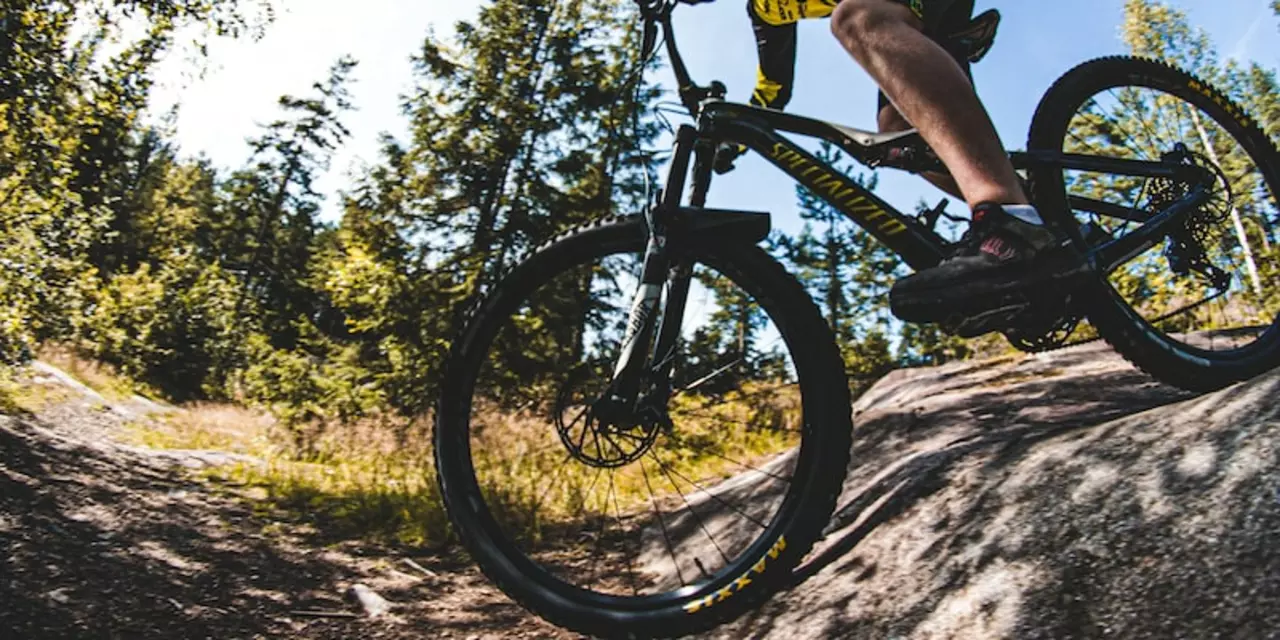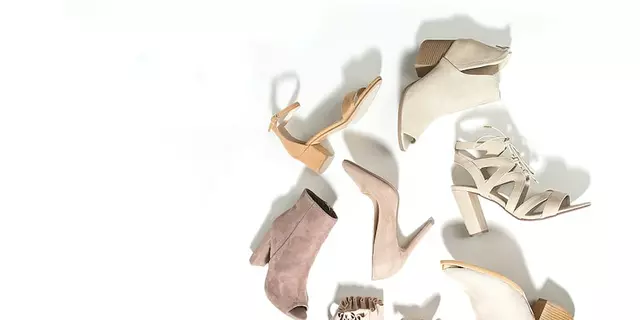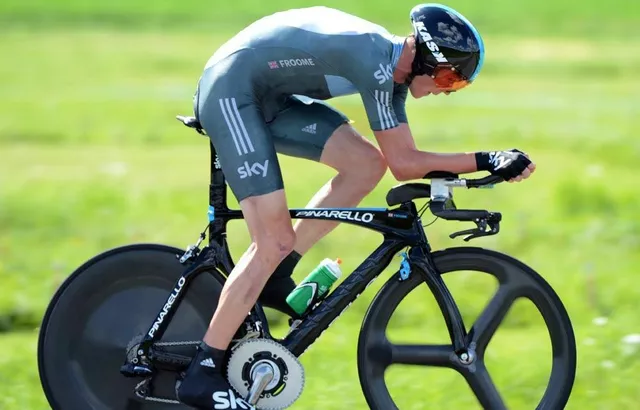Road Bikes: Quick Tips to Choose, Ride and Keep Your Bike Happy
If you’re thinking about stepping onto a road bike, you probably have a few questions: which bike fits you, what pedals are worth the money, and how to ride smarter. The good news is you don’t need a PhD to get good answers. Below you’ll find the basics you need to feel confident on the road, plus a couple of shortcuts that seasoned riders swear by.
Picking the Right Road Bike
Start by figuring out your riding goal. If you only want to do weekend club rides, a mid‑range aluminum frame with a comfortable geometry will do. For faster group rides or races, a lightweight carbon frame and aggressive stance help you cut through the wind. Don’t forget the fit – a bike that’s too big wastes energy, a bike that’s too small hurts your back. Most bike shops will fine‑tune the saddle height, handlebar reach and stem length for free. Test ride a few models and notice how your knees feel on the downstroke; that’s the easiest indicator of a good fit.
Choosing the Best Pedals for a Road Bike
Pedals are the missing link between your power and the wheel. Clipless pedals, like Shimano SPD‑Screw or Look Keo, lock your shoes to the crank and give a direct power transfer. They’re the go‑to for most road cyclists because you can pull up on the upstroke, not just push down. If you’re brand new, flat pedals let you hop off quickly and avoid the learning curve. A practical tip: start with a pair of dual‑sided clipless pedals – they let you clip in either side, making the first few rides far less stressful.
When you buy, match the pedal system to your shoe. Road‑specific shoes have stiff soles and cleats that fit the SPD‑Screw or Look pattern. Stiff soles keep your foot from bending and waste less energy. If you’re on a budget, consider entry‑level systems like Shimano Deore XT; they’re durable and easy to service.
Basic Road Cycling Tactics Everyone Should Know
Even if you ride solo, a few tactics boost speed and save effort. Drafting – riding just a bike length behind another rider – cuts wind resistance by up to 30%. On group rides, stay in the middle of the pack where the wind is least. When a climb approaches, shift to a lower gear early and keep a steady cadence; pedaling too hard in a high gear burns legs fast. On flat sections, practice ‘pull‑and‑push’ – accelerate a few seconds before a corner to maintain momentum, then ease off the brakes.
Another tip: always scan the road ahead for hazards. A quick glance two seconds forward lets you react smoothly, keeping your line steady and your energy conserved.
Simple Maintenance to Keep Your Road Bike Riding Smooth
Regular care prevents big problems. Clean the drivetrain – chain, cassette and chainrings – with a brush and degreaser after every 300‑400 km. Apply a light oil to the chain; too much oil attracts grime. Check tyre pressure before each ride; road tyres work best at 90‑110 psi, but follow the sidewall recommendation. Fast‑check the brake pads for wear; they should be at least 1 mm thick. Finally, give the bike a quick visual inspection of bolts, especially the stem and seatpost, to catch any loosened nuts before they cause a wobble.
With these basics – a good bike fit, the right pedals, a few riding tricks and routine maintenance – you’ll notice smoother rides and less fatigue. Road biking is all about efficiency: the less you waste, the farther you go. So hop on, clip in, and enjoy the open road!

Are mountain bikes more durable than road bikes?
Mountain bikes are renowned for their durability, but road bikes can also be just as durable with the right maintenance. Mountain bikes have thicker frames, wider tires, and tougher components making them ideal for off-road use and for riders who want a bike that can handle a lot of abuse. Road bikes tend to be lighter and faster, but they also require more frequent maintenance and repairs due to their thinner frames and smaller tires. Both types of bikes can be just as durable, depending on how well they are maintained and how often they are used.
View More



